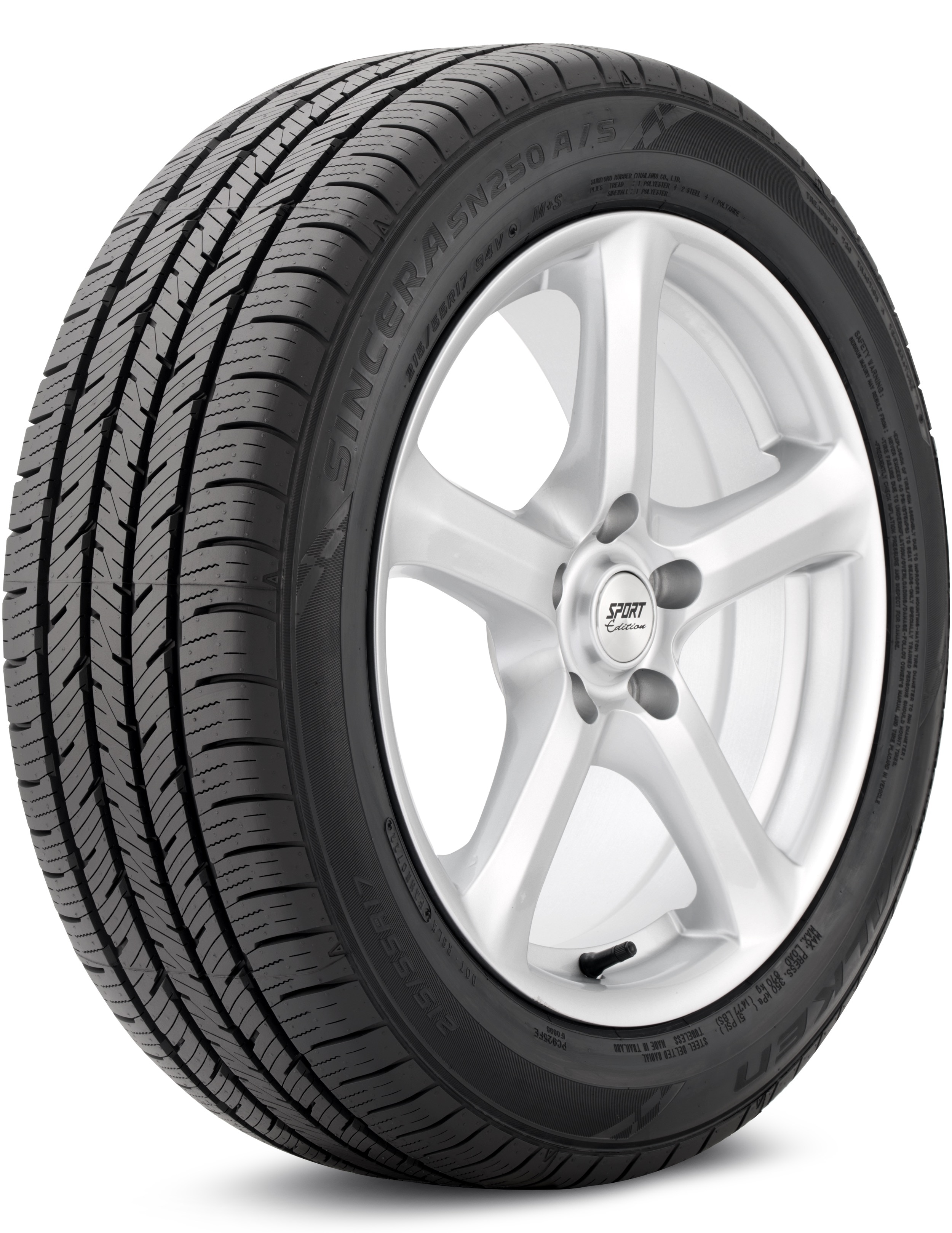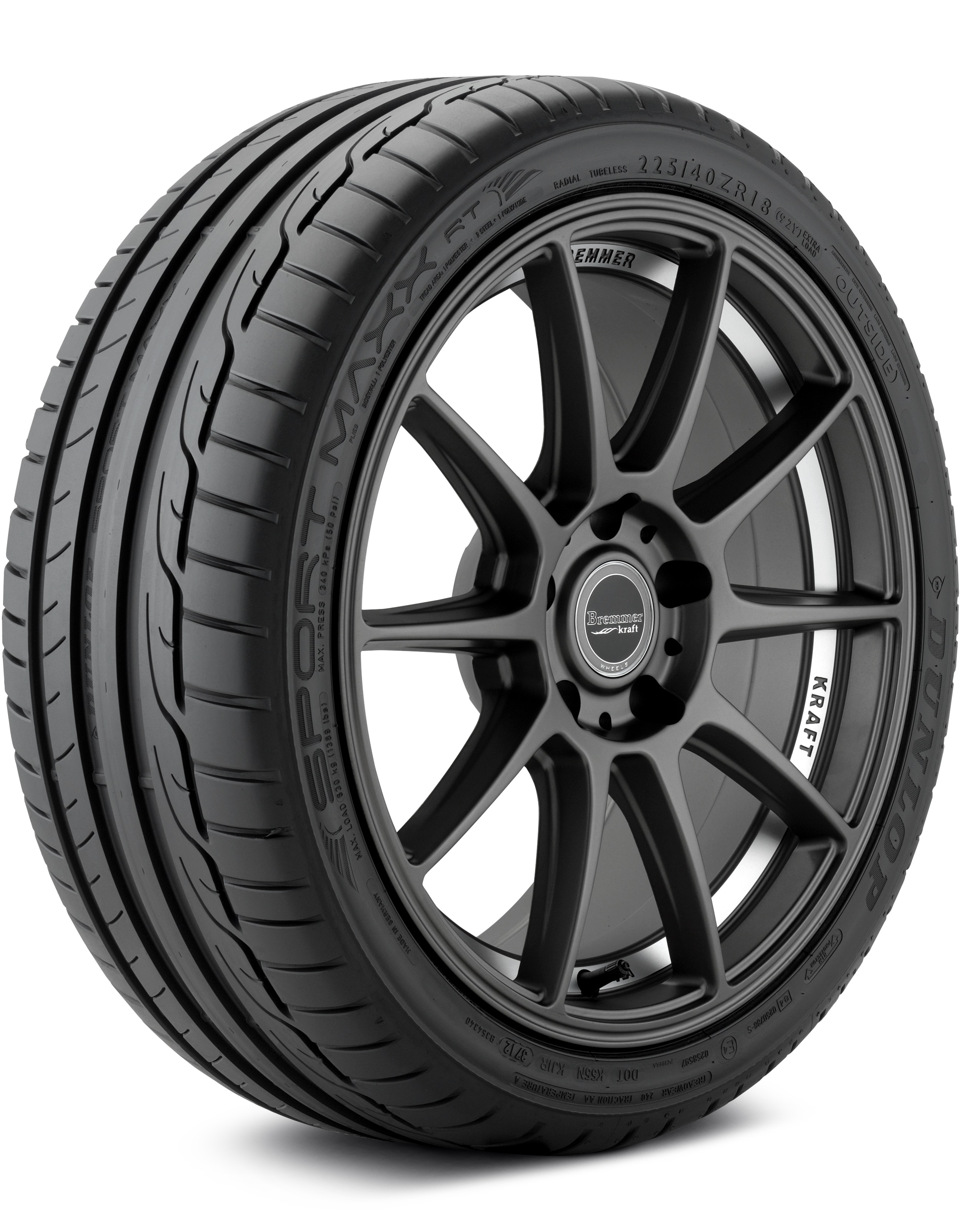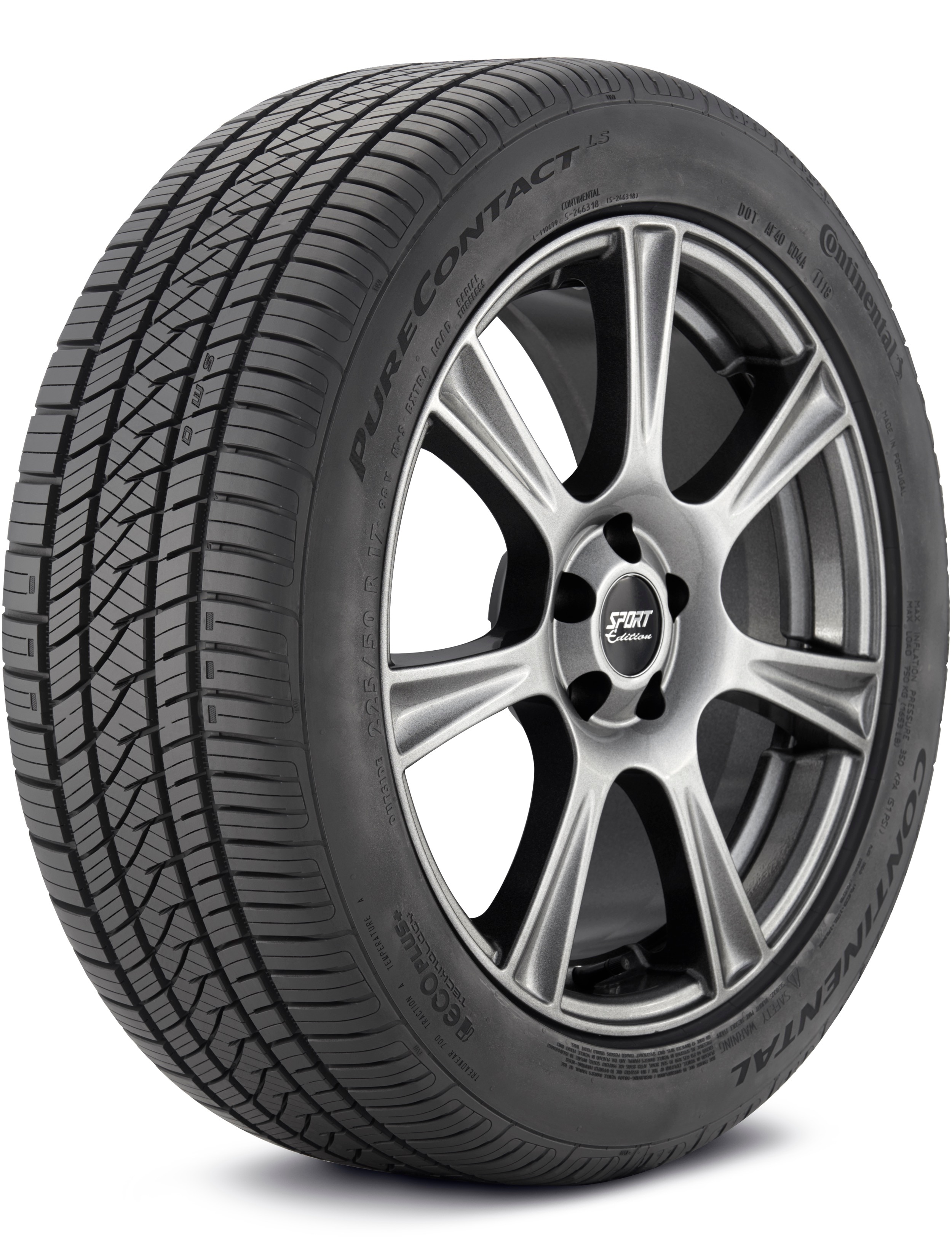Tires are essential parts of our cars. Without them, moving from one location to another would not be possible. For this reason, it is vital always to pick the best one for our cars.
What are the widest tires on a 7.5-inch rim? This is a frequently asked question among those looking for wider tires to fit on their vehicles. Well, the widest tires you can fit on a 7.5-inch rim are the 235 tires. It may be possible to go wider than this, but if you want to install tires wider than 235 millimeters on a 7.5-inch rim, you should consult a tire professional.
Check out the most popular 235 tires on the market
Other Tires Sizes That Can be Fitted on a 7.5-Inch Rim
As discussed above, the 235 tires are the widest tires that most manufacturers recommend on a 7.5-inch rim. But what other tire sizes can be fitted on 7.5-inch rims?
According to many experts, the ideal tires for 7.5-inch tires are the 215 and the 225 tires. The 205 tires are, on the other hand, the narrowest tires recommended for these rims.
Also Read : What is The Widest Tire On 7 inch Rim?
Why Do Many People Prefer Wider Tires?
Technical considerations are just one of them. In general, modern cars are heavier and faster than those from the 1970s. The tire only needed to become wider to maintain stability and navigate turns at a fair speed. Besides that, brake discs today are bigger since tire sizes have also caused them to expand. In more detail, let’s examine the driving features of both narrow and wide tires.
Adhesion
In general, a tire’s grip increases with width. This is particularly true when driving on dry roads because, logically speaking, the more rubber that touches the road, the stronger the adhesion.
Better stability is also provided by the wide tires’ low flank height, especially when turning. The wide varieties with good directional control perform well when driving in a snowfall. However, the wide tires slide faster in mud and deep snow.
Aquaplaning
Wide tires must expel much more water on wet roads due to the broad running surface. This results in the wide tires having a significantly higher likelihood of floating. Therefore, wide tires greatly increase the risk of aquaplaning.
There is just one course of action here: pay attention to everything and let off the gas.
Braking
It has been established that wide tires have shorter stopping distances than their narrower counterparts. This is true even during the winter, although not in mud or intense snow.

It also holds true on wet surfaces up until the point of aquaplaning, which, as said, comes significantly earlier than when using narrow tires.
Comfort and Noise
Wide tires naturally have a wide running area and higher rolling resistance. As a result, they roll noisier than narrow tires.
Fuel and Pricing
As you know, greater rolling resistance results in greater fuel consumption and wear. Furthermore, the cost of wider tires is always higher than the cost of narrow ones.
Aesthetics
Wide tires draw additional attention, especially on tuned vehicles. A wide tire looks powerful, even when installed on the typical Joe automobile, particularly when alloy rims are involved.
Also Check This Page: A Guide on Choosing the Widest Tire on 10 Inch Rim
How to Ensure that Your Rims Will Work with Your Selected Tires
The two parameters that determine tire and rim compatibility are width and diameter. You must ensure that the diameter of your tires and wheels match precisely; for example, a 235/65R18 tire will only fit on a wheel with an 18″ diameter.
Regarding wheel widths, there is a little more flexibility.
Matching the rim width and the tire width is dependent on your objective. The tire width is often more than the wheel width when off-roading. When running low psi off-road, this prevents the tire from de-beading off the rim and increases sidewall bulging to protect your wheel from rocks.
For instance, a tire with a size of 35X12.50-20 is commonly mounted on a 9.0″ wide rim, making the tire’s width 12.5″ and the wheel significantly narrower than the tread’s width.
The basic rule of thumb for sports cars is to align the wheel width with the tread width in inches. For instance, the tread width of a tire with the size 285/35-19 is 9.9. For that tire, a 10.0″ wheel width would be optimal.
The tread width and maximum and minimum rim width range may be found on the tire manufacturer’s websites under the specs.
Low- and High-profile Tire + Wide and Narrow tire – Effects on Performance (VIDEO)
Frequently Asked Questions (FAQ)
What are the Benefits of the Widest Tire on 7.5-Inch Rim?
The main benefit of this upgrade is improved handling. With a wider tire, there is more contact patch with the ground, giving you more traction and taking corners at higher speeds without losing control of your car. Additionally, a wider tire can give your vehicle a more aggressive look.
Are There Any Downsides to the Widest Tire on 7.5-Inch Rim?
The downside to this modification is that it can decrease fuel efficiency due to increased rolling resistance. Additionally, a wider tire may rub against the fender of your car if the suspension is lowered, which could lead to premature wear and tear.
How Much Does it Cost to Install the Widest Tire on 7.5-Inch Rim?
The upgrade cost will vary depending on the specific tires and rims you choose and the installation labor costs. However, you can expect to spend anywhere from $600 to $1000 for everything.
Will a Wider Tire Fit on my 7.5-Inch Rim if I Have a Smaller Vehicle?
Yes, as long as your vehicle’s wheel well is wide enough to accommodate the tire’s width. However, keep in mind that a wider tire may stick out past the edge of your vehicle’s body, which could affect its aerodynamics and fuel efficiency.
Final Take
What are the widest tires on a 7.5-inch rim? The widest tires you can safely install on a 7.5-inch rim are the 235 tires. The 225 and 215 tires are the perfect tires for a 7.5-inch rim, while the 205 are the narrowest tires that can be safely fitted.



